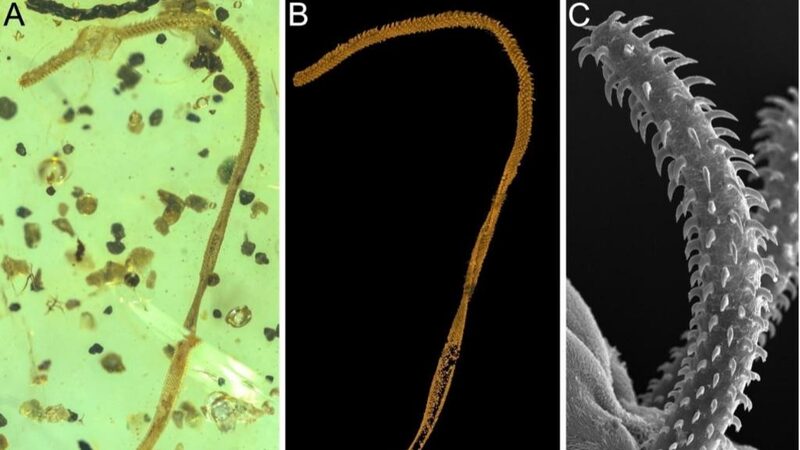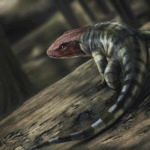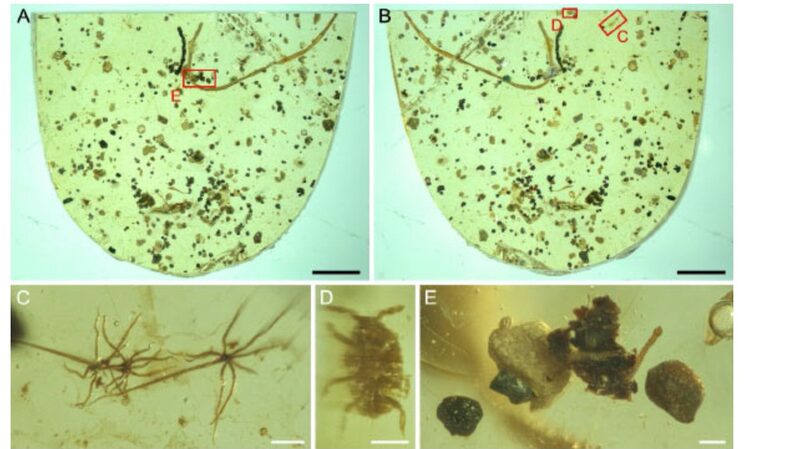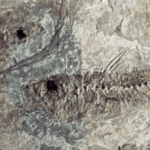Exciting news from the world of paleontology! 🌍🔍 A team of international scientists has made a groundbreaking discovery—the world's first tapeworm body fossil found preserved in a mid-Cretaceous Kachin amber, dating back approximately 100 million years. This remarkable find was announced by the Nanjing Institute of Geology and Palaeontology of the Chinese Academy of Sciences.
Tapeworms are elusive creatures, and their soft bodies rarely fossilize, making this discovery a rare gem in the scientific community. The preservation in amber offers an extraordinary glimpse into the ancient ecosystems, helping researchers understand the evolution of these parasites and their interactions with their hosts millions of years ago.
Amber is often called 'Baltic gold' for its ancient and pristine preservation of organisms. Finding a tapeworm fossil in such well-preserved amber is akin to uncovering a time capsule, allowing scientists to study the morphology and possibly the behavior of tapeworms from the Cretaceous period.
This discovery opens new avenues for research, shedding light on the biodiversity of the past and the intricate relationships between predators and parasites in ancient times. It's a thrilling step forward in unraveling the mysteries of our planet's rich biological history. Stay tuned for more updates on this fascinating find! 🦖✨
Reference(s):
cgtn.com





